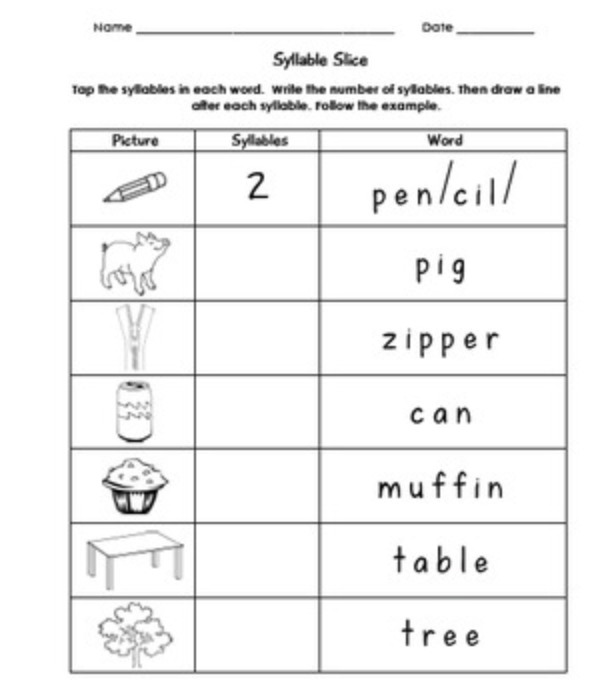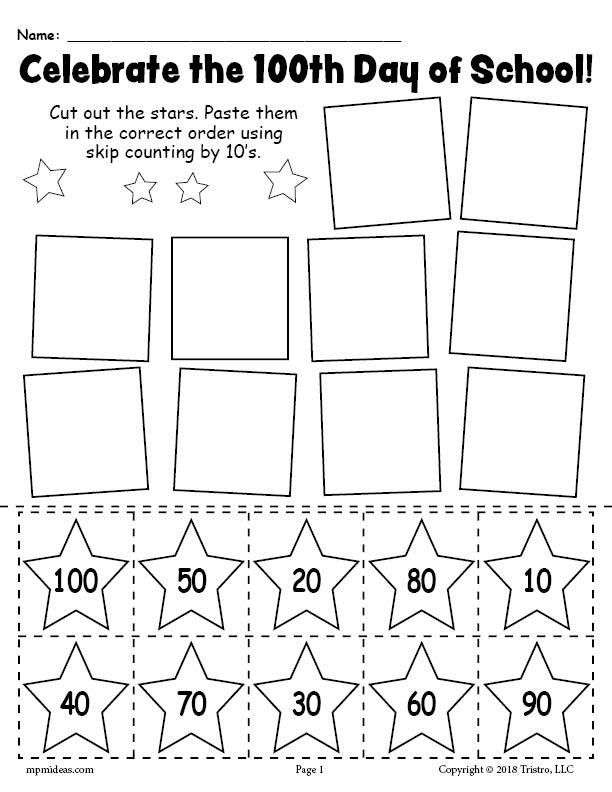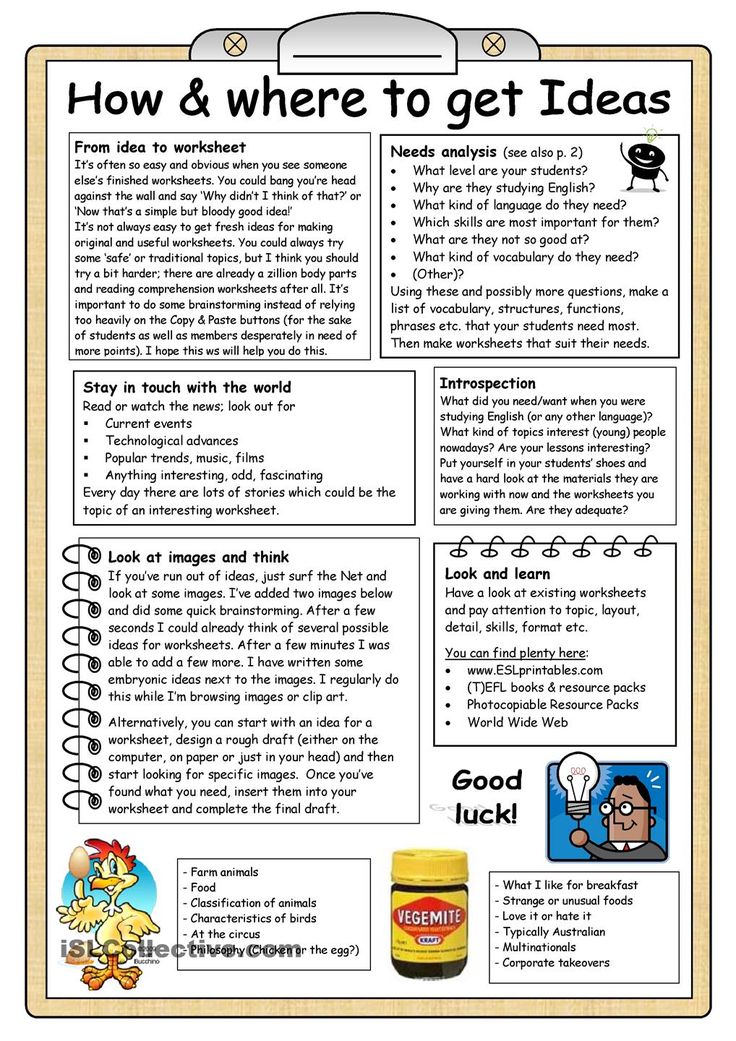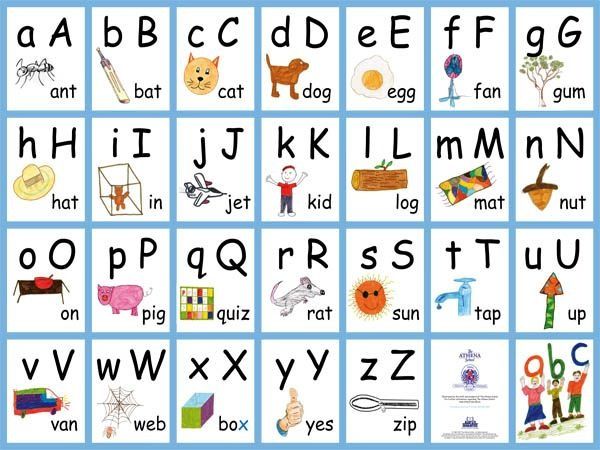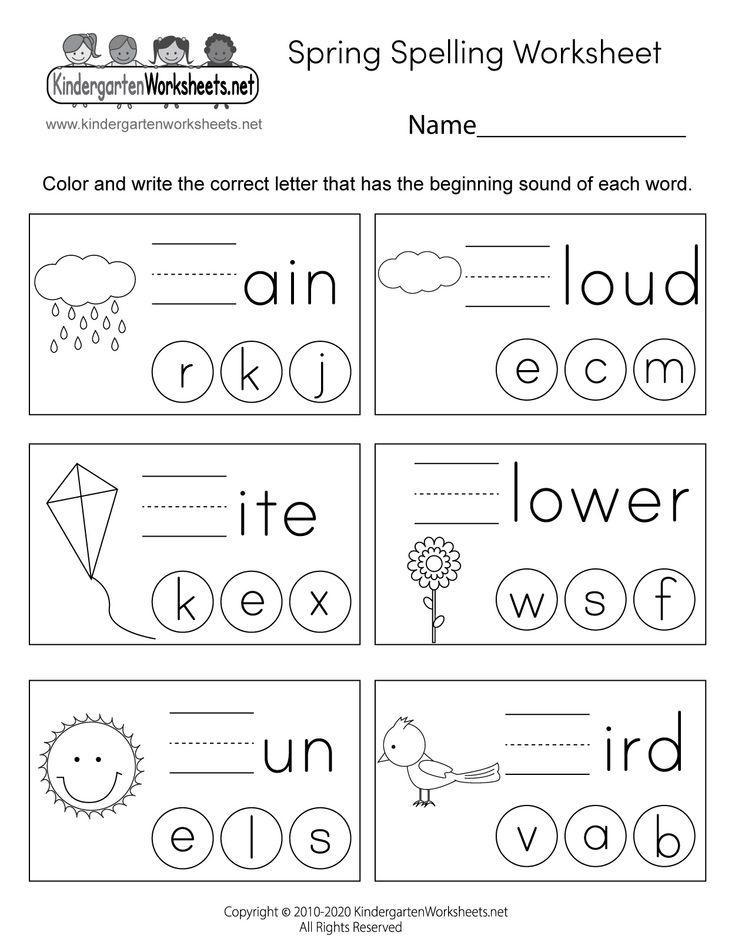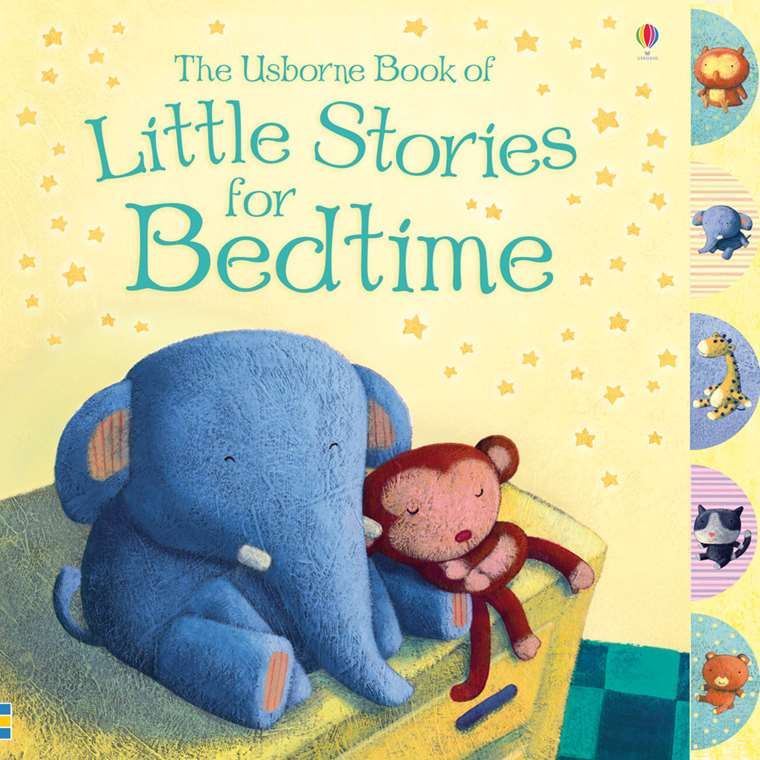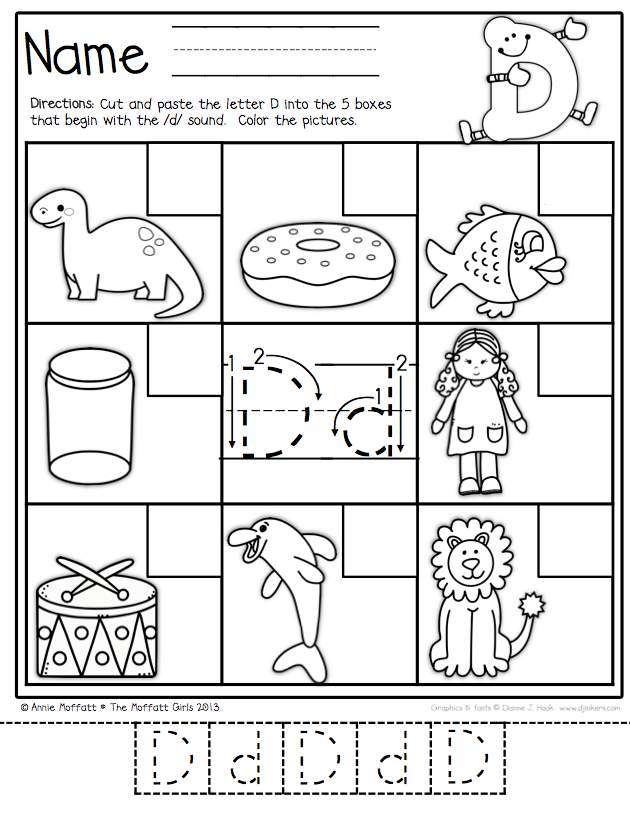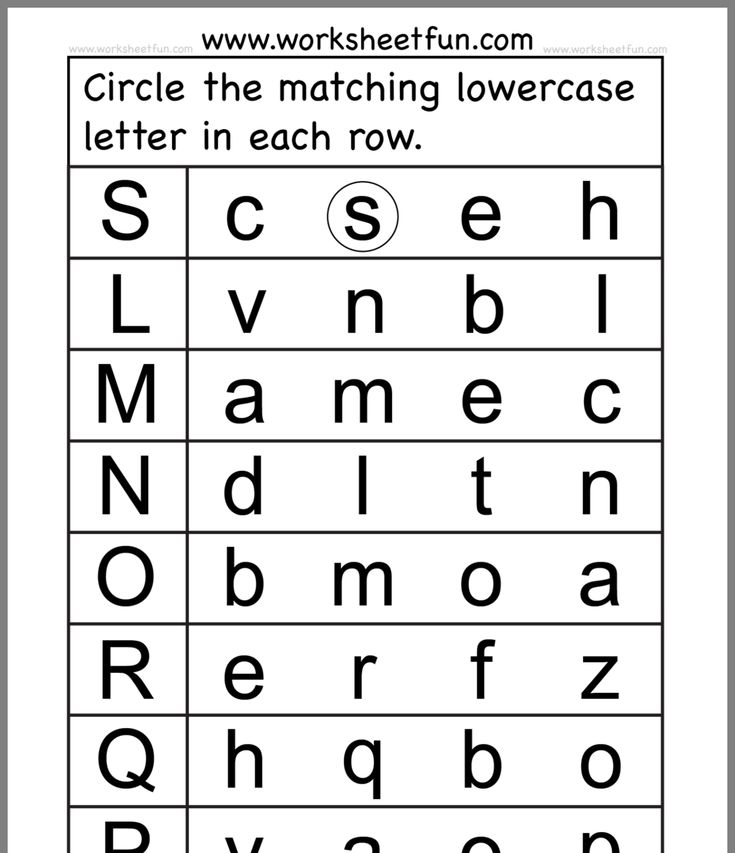Breaking up syllables
How to Teach Students to Divide Words into Syllables
Did you know that dividing words into syllables is one of the most powerful decoding strategies out there?
If your students are ready to read words with more than one syllable, then it’s time to start teaching syllable division rules!
When readers know the syllable division rules, it A) helps them successfully decode multisyllabic words and B) provides them with clues about the vowel sounds in multisyllabic words!
Knowing how to divide words into syllables gives your kids POWER to attack those longer words!
In today’s post, I’ll explain how to teach students to divide words into syllables!
…And I also have something to confess:
Despite being an English speaker, teacher, and avid reader, I did not know these rules until I’d already been teaching for years.
So if these rules are new to you, don’t sweat it! We’re all learning! All the time!
The 6 Syllable TypesDo you know the 6 syllable types? They are:
- Closed
- Open
- Vowel-Consonant-E (also known as Magic E or Silent E)
- Vowel Team
- R-Controlled
- Consonant-L-E
If you haven’t read my post that goes in-depth on these syllable types, you may want to read that first, and then come back to this post. My 6 syllable types post can be found HERE!
(And yes – there are a lot of terms and rules to remember when you’re teaching phonics. If you’d like a free PDF that has many different terms and rules in one place, grab this freebie!)
Finding the Number of Syllables in a WordAn important first step in dividing up a word into its syllables is knowing how many syllables the word has.
You may already know that 1 vowel sound = 1 syllable. If a word has 3 vowel sounds, for example, then it has 3 syllables.
(Notice that I’m saying vowel sounds, not actual vowels. The word “cupcake,” for example, technically has 3 vowels. But the e is silent. It only has two syllables because the vowel sounds we hear are the short u and the long a, 2 total vowel sounds.)
Syllable Division PatternsThere are only 6 syllable types, and there are even fewer syllable division patterns!
The syllable division patterns are as follows (V = vowel; C = consonant):
VC/CVIf you have two consonant sounds between two vowel sounds, divide the word between the consonant sounds.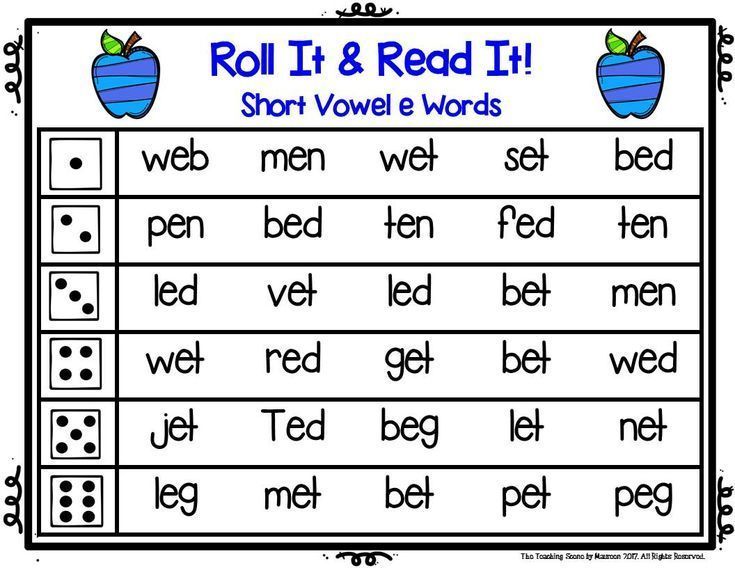
In the word “sunset,” the vowel sounds are the short u and the short e. The two consonants in the middle, n and s, get divided up.
In the word “bathtub,” the vowel sounds are the short a and the short u. The two consonant SOUNDS in the middle are /th/ and /t/. The word gets divided up between the h and the second t.
If there are 3 consonants between the vowels, rather than 2, there’s going to be a blend in there. The sounds that get blended together stay together in one syllable.
For example, in the word “complex,” we divide between the m and the p.
V/CVMoving on…sometimes there’s just one consonant sound between the vowels, rather than 2.
If this is the case, the first syllable division rule that we try is V/CV (dividing up the word BEFORE the consonant).
For example, in the word “robot,” we divide up the word before the b. This creates an open syllable, “ro,” that ends in a vowel. As a result, the o in that syllable is a long o.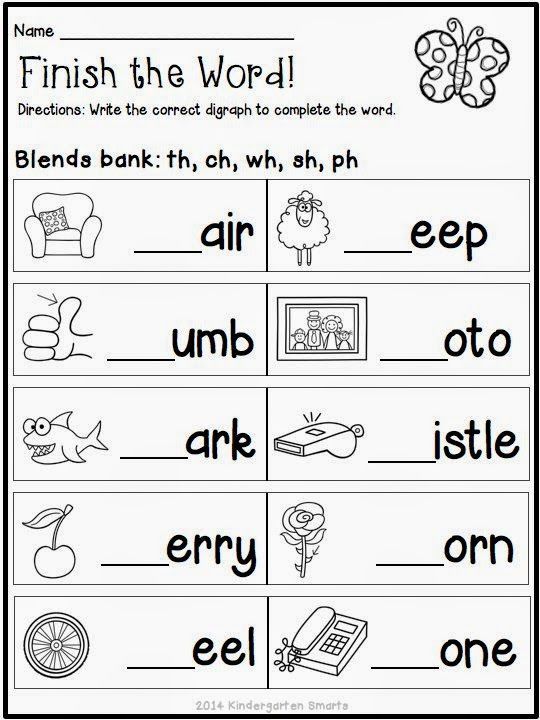
However, sometimes the V/CV division rule doesn’t work. This is where it gets a little tricky.
If we try the V/CV rule but discover that it creates an open first syllable that should NOT be open (aka it should not have a long vowel sound), then we have to revert to the VC/V pattern.
For example, let’s think about the word “comet.” It’s pronounced with a short o at the beginning, right? It’s not CO-met. But if we were to apply the V/CV division pattern, that would make the o sound long. Instead, we have to revert to VC/V in order to reflect the fact that the o has the short o sound.
Another example is the word “seven:”
V/VLast but not least, we have the V/V syllable division rule! When there are two vowels next to each other that do NOT work as a team, then we divide the word between those two separate vowel sounds.
For example, we divide the word “diet” between the i and the e:
However, in a word like “coat,” we do NOT divide between the o and the a. There is only one vowel sound, the long o. Therefore, it’s a one-syllable word, and the o and the a work together to make a single sound. They cannot be divided up.
There is only one vowel sound, the long o. Therefore, it’s a one-syllable word, and the o and the a work together to make a single sound. They cannot be divided up.
Okay, so….that’s not too bad, right? Once you understand the four syllable division patterns, then you can teach them to your students!
As you probably noticed from the photos in this post, I have my students circle and label the vowels with red, underline and label the consonants with blue, and then cut or draw a line to divide the words. (Scroll back up through the photos in this post and have a closer look at what I did, if that helps.)
Here’s the procedure:
- Look at the word. Circle the vowel sounds with red.
- Underline the consonants BETWEEN the vowels (don’t worry about the other consonants).
- Determine which syllable division rule (VC/CV, V/CV, VC/V, or V/V) applies. (Students may have to attempt to read the word to choose between V/CV and VC/V.
 )
) - Cut or mark the word accordingly.
- Read the word.
You can also have students code the syllable types after Step #3 (closed, open, VCE, vowel team, r-controlled, or CLE—read more about the syllable types HERE!)
When we’re learning about syllable division and syllable types, we use strips of paper. Students can copy a word I write on the board (or I prepare the word strips for them ahead of time).
I don’t read the word to them, because the purpose of the division exercise is to get them to break up the word and read it.
Once they’ve copied the word, then we go through Steps 1-5 listed above, and students can cut the word in half.
The ultimate goal of this exercise is to get students to break up multisyllabic words as they read. So, as a bridge between this activity and reading, we use whiteboards or sticky notes to divide up tricky words they encounter in texts.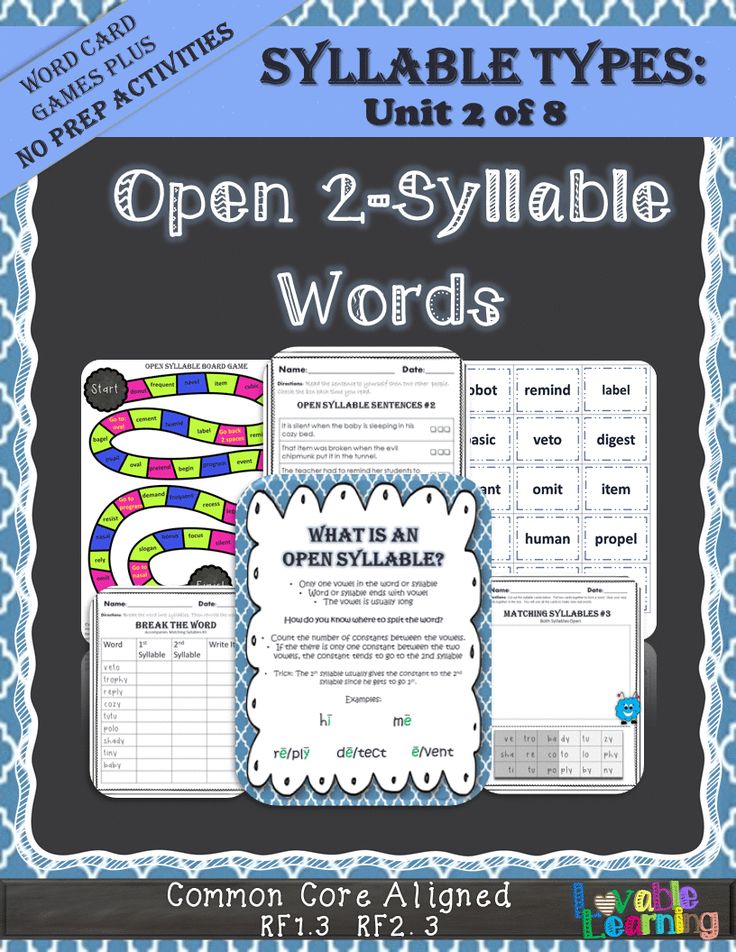
If I’m working one-on-one with a student and he/she comes to a tricky word, we can write it on a small whiteboard and then break it up.
If students are working on their own, they can write a tricky word on a sticky note, divide it up, read it, and then continue reading.
This does slow down the reading process a little, but I’m telling you…kids feel SO powerful when they can break up words and determine what types of syllables they have. This process also makes it easier for students to figure out the vowel sounds in a word too.
When to Teach This StuffYou might be wondering, “When should I teach these rules? At what developmental stage or grade level are these appropriate?”
When to teach the VC/CV rule:
Whenever kids have mastered CVC words, they can read 2-syllable words!
Simple compound words are a great place to start. You’ll want to use words like “sunset” and “pigpen” that are 2 CVC words “put together.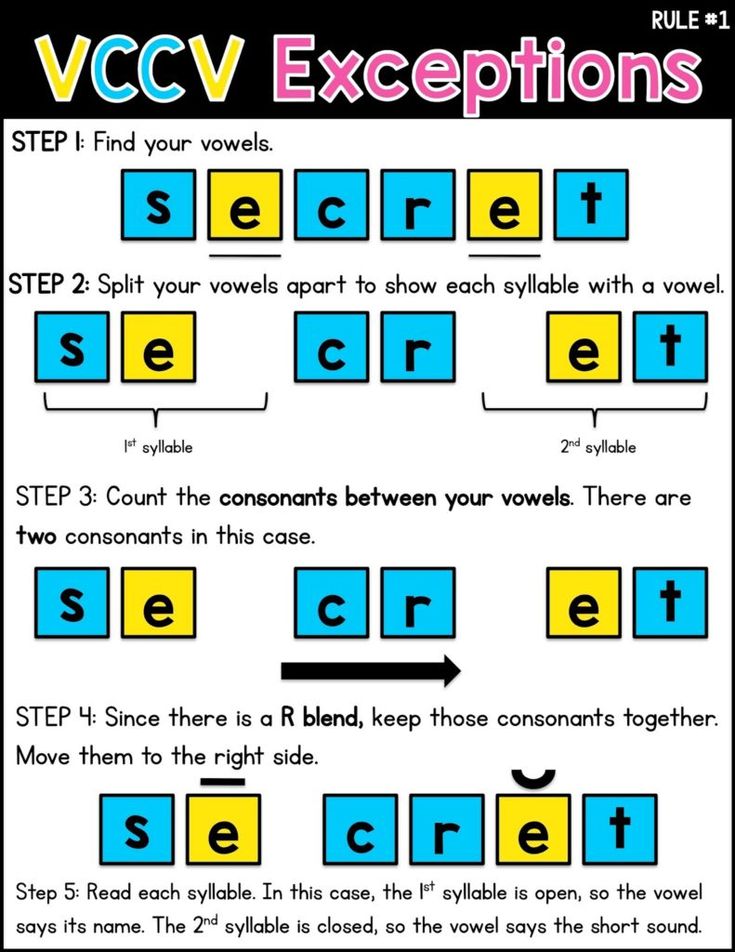 ” At this point, you can teach students the VC/CV rule. You can also explain that both of the syllables in those words are closed and have short vowels.
” At this point, you can teach students the VC/CV rule. You can also explain that both of the syllables in those words are closed and have short vowels.
I don’t normally teach this in Kindergarten, but if I have more advanced students who are truly proficient with CVC words, then it makes sense to give them “access” to these simple 2-syllable words.
Of course, if you give students words with consonant digraphs or blends in between, then it becomes a little more complicated—early first grade may be a better time for those more complicated VC/CV words.
When to teach the V/CV and VC/V rules:
I teach the V/CV rule first, because we always try the V/CV pattern before reverting to VC/V.
You can teach this rule once students know about the long vowel sounds.
They don’t need to have completely mastered long vowels and all their spelling patterns. But they at least need to understand the concepts of open and closed syllables (and how short and long vowels relate to open and closed syllables).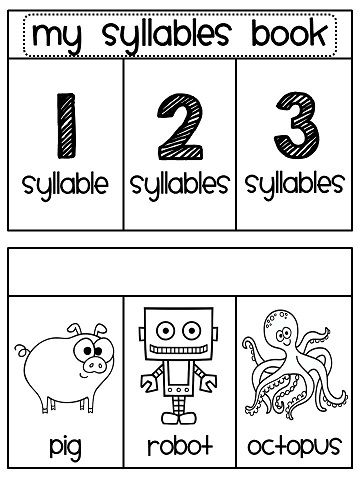
When we’re working on the V/CV rule, I intentionally only give them practice words that follow that rule.
After they understand the V/CV rule, then I explain that sometimes we have to use the VC/V rule instead.
I then give them VC/V words to practice.
Finally, I give them mixed sets of words where they have to choose between V/CV and VC/V.
When to teach the V/V rules:
I wait to teach V/V until students really understand vowel teams and diphthongs.
If students don’t understand vowel teams, then they may try to divide up words like “train” into two syllables, between the a and the i. If they don’t understand diphthongs, they may try to divide up words like “loud” into two syllables.
Once they know the vowel teams and diphthongs, however, they’re more likely to recognize that words like “fluent” have two vowel sounds, not one, and we divide up the word accordingly (flu/ent).
ConclusionsThis was a lot of info, right?! And it’s a lot to figure out and teach on your own – if you don’t have lesson plans and materials for it.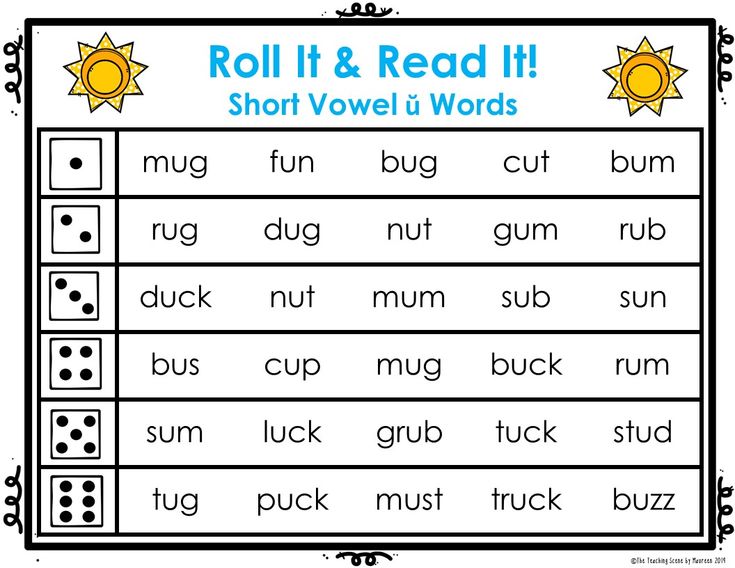 Because unfortunately, many phonics and reading programs don’t cover this stuff!
Because unfortunately, many phonics and reading programs don’t cover this stuff!
If you’d like to make teaching this EASY and FUN for you and your students, check out my step-by-step guide to teaching all the syllable division rules and syllable types.
I designed this resource to fit perfectly into any phonics program. (However, if you’re using my phonics program, From Sounds to Spelling, you won’t need this resource because we cover this info within the program.)
You set the pace for how quickly you progress through these lessons! 1st grade teachers may spread them out throughout the entire school year, while 2nd grade and up may progress more quickly. Here’s page 1 of the table of contents (this is only half of the lessons):
Here’s what a lesson plan looks like:
Also included are words to practice dividing, plus lots of hands-on games!
Everything is done for you, so you won’t have to invest time or energy in figuring all this out on your own and creating lessons!
However, if you already feel confident in teaching syllable division and have plenty of materials for it, you may just need a few practice activities for your students.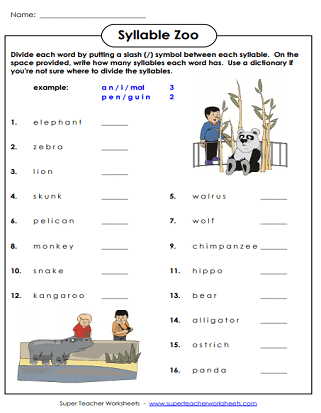 If that’s the case, my digital practice games might be a better fit.
If that’s the case, my digital practice games might be a better fit.
These activities give your students practice with dividing words up into syllables AND identifying syllable types. The games include audio directions that explain the syllable types and division rules!
Syllable division practice for 1st grade – covers open, closed, silent e, vowel team, and r-controlled syllable types, plus VC/CV, V/CV, and VC/V division rulesSyllable division practice for 2nd grade – covers open, closed, silent e, vowel team, r-controlled, diphthong, and consonant L-E syllable types, plus VC/CV, V/CV, and VC/V division rulesI hope these resources are helpful to you! You can also pin this blog post to your Pinterest account so you can come back to it later:
Happy teaching!
How To Divide Words Into Syllables
Sharing is caring!
275 shares
- Share
- Tweet
Are you confused about how to divide words into syllables? Or maybe you’re not sure exactly how to teach your students the syllable division rules.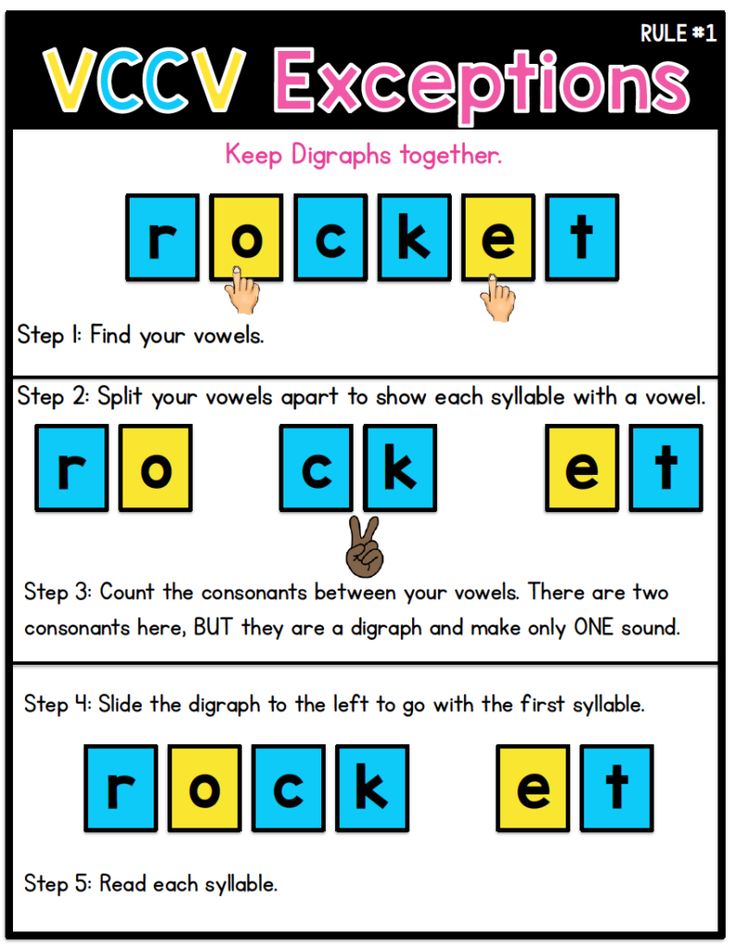 It can be tricky, but with a few simple rules, you’ll be able to do it like a pro. In this blog post, we will discuss the most common ways to divide words into syllables, as well as provide some tips for making the process easier. So if you’re ready to learn more about breaking words into syllables, keep reading!
It can be tricky, but with a few simple rules, you’ll be able to do it like a pro. In this blog post, we will discuss the most common ways to divide words into syllables, as well as provide some tips for making the process easier. So if you’re ready to learn more about breaking words into syllables, keep reading!
Why Syllable Division Is Helpful
By knowing how to split words into syllables, students can chunk up bigger words into more manageable pieces. This helps them read longer and more difficult words, as well as unfamiliar words.
Dividing words into syllables also helps you figure out what the vowel sound will be. When students come across unfamiliar words, breaking them up into syllables can help them predict what the vowel sound will be based on the patterns they see in the words.
Syllabication Rules
There are several rules, or better yet patterns since there are always some exceptions, that can help with syllable division. Remember that there are 6 syllable types, but some words are only 1 syllable. Refer to my guide on the 6 syllable types for more on each.
Refer to my guide on the 6 syllable types for more on each.
The main thing to keep in mind when dividing words into syllables is that every syllable must have a vowel sound! We hear a vowel sound in every syllable, and sometimes it takes more than one vowel to make a vowel sound.
Here are the different rules to break words into syllables:
Rule 1: VC/CV – Split 2 consonants that are between vowels.
Whenever 2 consonants come together in a word, divide between them: VC/CV
The exceptions to this are to keep consonant digraphs (i.e. ch, ph, ck) and consonant blends (i.e. bl, st, fr) together.
Rule 2: C+le – The ending -le usually takes the consonant before it to make one syllable.
When a word ends with a consonant and -le, divide it before the consonant so that the last syllable is C+le.
The silent e in C+le words helps add that vowel sound we need in every consonant. It’s one of the many jobs of silent e.
Rule 3: V/CV & VC/V – Split before or after a consonant that comes between 2 vowels.
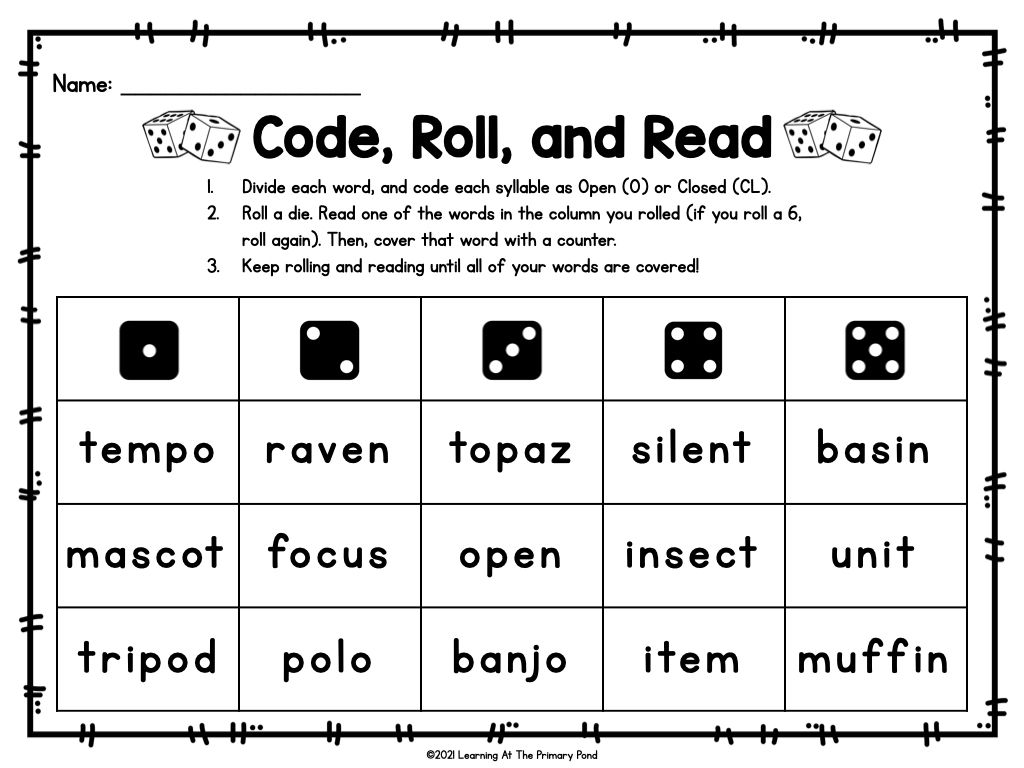
When only one consonant comes between vowels, divide after the first vowel: V/CV. This makes the first syllable an open syllable, and it will have a long sound.
Pronounce the word with an open syllable. If this doesn’t make a word that sounds familiar, then divide after the consonant: VC/V. This makes the first syllable closed, so the vowel will say its short sound.
Because this one is not as predictable I teach it after VCCV and C+le. I typically start with V/CV only, then I teach VC/V. After this, I mix them up and teach students to be flexible, showing them how to try it as V/Cv first, then VC/V after.
Rule 4: V/V – Split 2 vowels next to each other that do not work as a team.
If a vowel combination is in reverse, divide between the vowels: V/V. In this case, each vowel will have a sound.
It’s so important for students to know common vowel teams so they don’t split those up! If students are still learning basic vowel teams, wait to teach this syllable division pattern.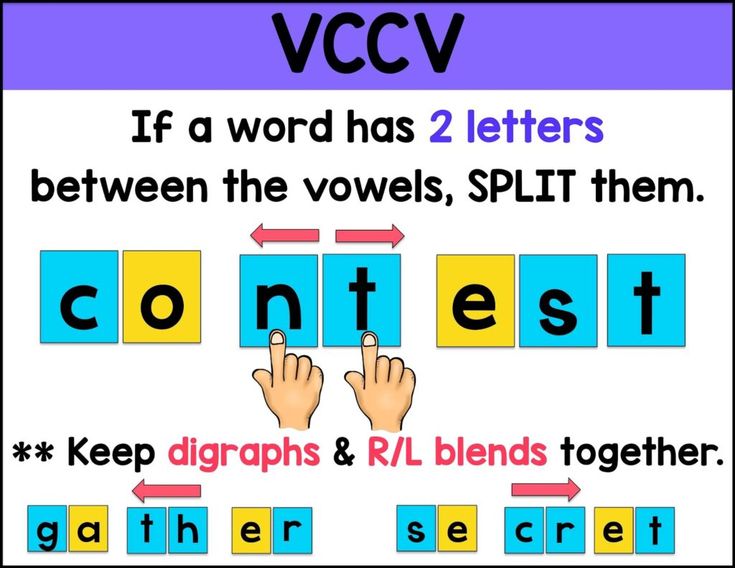 Words like “beach” and “boat” have vowel teams that do not get split. These vowel teams work together to represent one vowel sound.
Words like “beach” and “boat” have vowel teams that do not get split. These vowel teams work together to represent one vowel sound.
Rule 5: VC/CCV & VCC/CV – Split before or after the second consonant when 3 consonants come together.
When three consonants come together, divide after the first consonant: VC/CCV. If this doesn’t make a word that sounds familiar, divide after the second constant: VCC/CV.
These words often contain blends and digraphs, which if you recall, do not get broken up. When you see 3 or more consonants together, look for blends and digraphs to help determine where to split the word.
Rule 6: Divide after a prefix and before a suffix.
When you see a prefix, divide the word right after it. When you see a suffix, divide right before it. There are a few exceptions to suffixes creating their own syllable, but this will be apparent after the student has split up the word and tried to pronounce it.
The exception to this rule is the suffix -ed.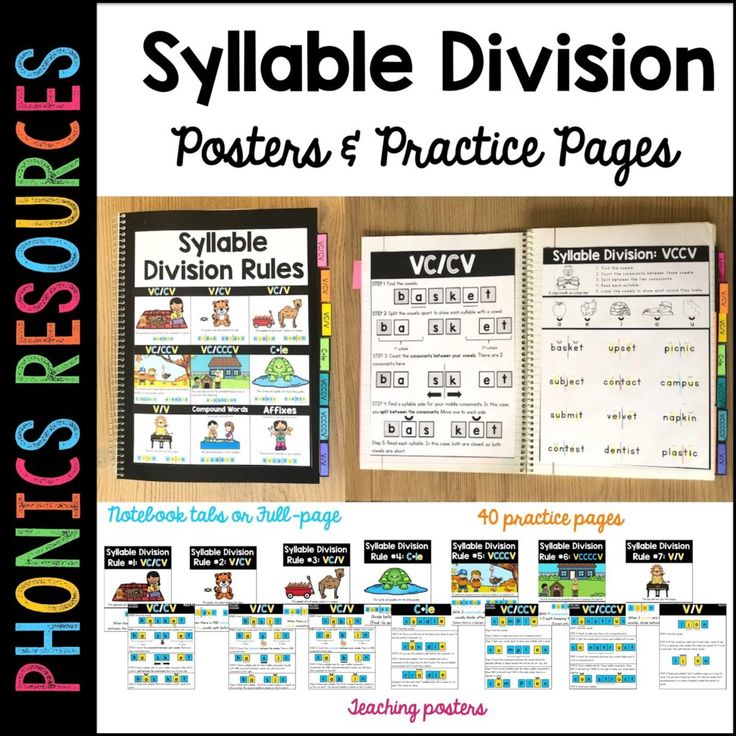 Sometimes this does not create an extra vowel sound, such as in the words jumped and sailed. Regardless, once the suffix is identified and the word is pronounced, you’ll know if it’s a syllable or not.
Sometimes this does not create an extra vowel sound, such as in the words jumped and sailed. Regardless, once the suffix is identified and the word is pronounced, you’ll know if it’s a syllable or not.
Strategies To Teach Syllabication Rules
Teach students to use vowels to identify syllables
Since one vowel sound = one syllable, the first thing students should do is identify the vowels. I always have my students draw a dot above each vowel. After that, I have them label every vowel and consonant by writing a V or C under each letter. Then they have to check if it’s a vowel team or silent e. At this point, they know exactly how many syllables a word has, even if they’re not sure where to split it yet.
Below is an example using the word student.
Teach students to look for patterns
At this point, students can look for patterns in the consonant and vowels. Students should look for vowel teams and magic e’s, digraphs and blends, then look for syllable patterns: VC, CV, VCCV, VCe, C+le, VCV, VV, Vr.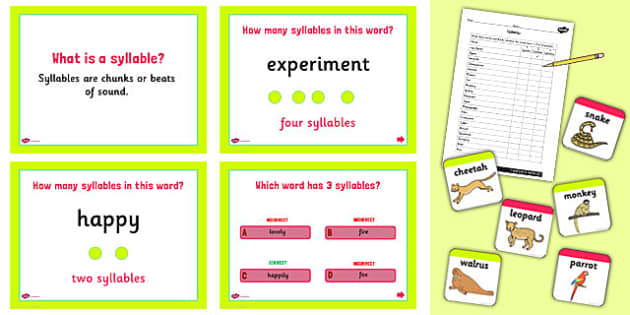
Teach base word families, prefixes, and suffixes
Students should also check for any base words, prefixes, and/or suffixes. Each base word or affix usually is its own syllable, but in some cases, they are not. Students can split these and try reading the word.
Teaching affixes daily and working with word family groups is a great way to address this area. Through consistent exposure and practice, students internalize these word parts and more quickly divide words into syllables.
Teach the different spelling patterns for each sound
It’s helpful if students know the options for spelling certain sounds, such as all the ways to pronounce the suffix -ed. This way when they are breaking up the word into syllable and sounding it out, they can accurately read a word.
A sound wall is a great way to teach all the spelling patterns for each sound. You can display each spelling pattern as students learn it and keep it up all year long as a reference. Read more about sound walls here.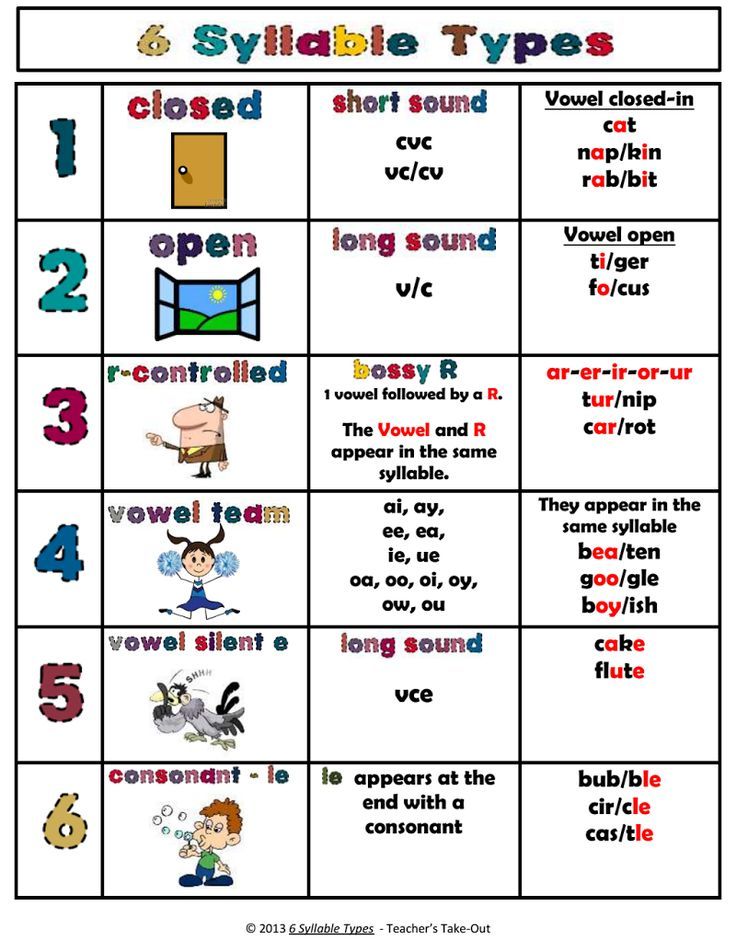
Syllable Activities For Teaching Syllable Separation
Start off with teaching the 6 syllable types, one at a time. These syllable types reference posters are available to download by signing up for my email list below.
Diagram multisyllabic words
Whenever I am teaching syllabication, students must always follow the same procedure to diagram each word:
- Spot and dot the vowels
- Label the consonants and vowels underneath
- Look for patterns, affixes, and base words
- Split according to the rules
- Mark the vowels as long or short
- Read the word aloud
Below is an example, the same picture I used above to show how to mark the vowels. You can see the student placed a dot above both vowels, labeled each consonant and vowel, found blends, found where to split the word, then marked the vowels as long and short.
Cut words into syllables
The very first activity after teaching the syllable division pattern is to cut words up because the visual really helps struggling learners.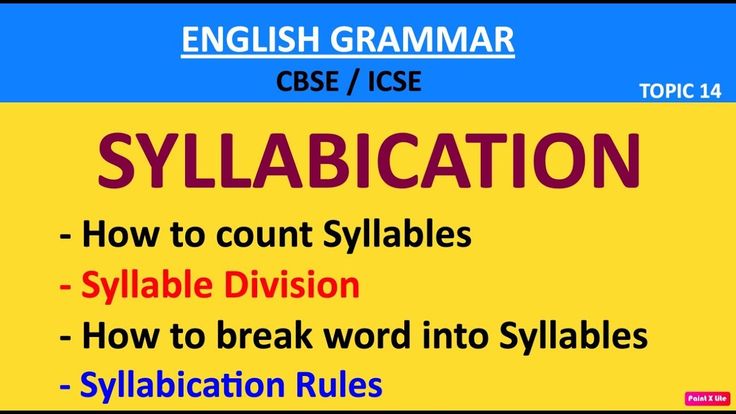 I write a few words on index cards, have students diagram the words, then cut them along the division line. We later use these to sort syllables.
I write a few words on index cards, have students diagram the words, then cut them along the division line. We later use these to sort syllables.
Sort syllables
There are tons of syllable sorting activities you can download and prepare, but I like to use the cut up syllables from the previous activity to sort syllables. You can sort into all the syllables types or just choose 2 to focus on as pictured below.
I also use a syllable and vowel pattern chart to sort syllables as I teach them. Each student has their own copy of this and fills it in as we learn each syllable.
Syllable search
This is an easy activity you can do with any text, but a targeted decodable text is ideal. Simply ask students to read a passage and highlight all the words that have the target syllable. From here, students can create a list of the words they found and split them.
Conclusion
Syllable division rules help readers break words into smaller parts making reading the word easier on their brains. This means that they don’t have to work as hard when trying to figure out what word you’re saying or spelling because each syllable has its own meaning and breaks up the task of decoding letters in order one at a time for your brain. Try these activities next time you teach syllable division.
This means that they don’t have to work as hard when trying to figure out what word you’re saying or spelling because each syllable has its own meaning and breaks up the task of decoding letters in order one at a time for your brain. Try these activities next time you teach syllable division.
Sources:
- How To Teach Spelling by Laura Toby Rudginsky and Elizabeth C. Haskell
- Phonics and Spelling Through Phoneme-Grapheme Mapping by Katheryn E. S. Grace
- Structured Literacy Interventions: Teaching Students with Reading Difficulties, Grades K-6 by Louise Spear-Swerling
- Speech to Print: Language Essentials for Teachers by Louisa Cook Moats
Want to remember this? Save Syllable Division Rules: How To Divide Words Into Syllables to your favorite Pinterest board!
Sharing is caring!
275 shares
- Share
- Tweet
How to teach children to divide words into syllables in Grade 1
After learning the alphabet and consolidating knowledge about letters and sounds, first-graders move from letter-by-letter reading to syllable-by-syllable.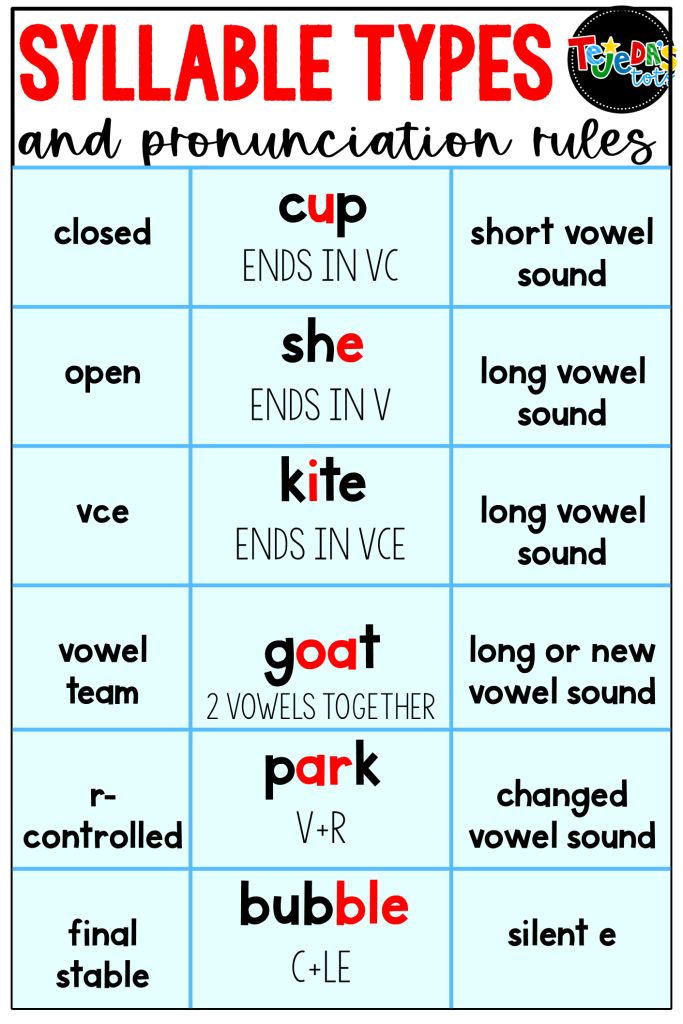 To master it, you first need to learn how to divide words into syllables, but not all students are easily given this skill. How can I help them learn syllabic analysis and can I skip this step? We will tell in this article.
To master it, you first need to learn how to divide words into syllables, but not all students are easily given this skill. How can I help them learn syllabic analysis and can I skip this step? We will tell in this article.
Why does a child need to learn to divide words into syllables
School subjects such as mother tongue and literary reading are inextricably linked. Their study gradually develops the student's skills: it expands his vocabulary, makes it possible to learn how to write correctly, express his thoughts clearly, read the text quickly and absorb the essence of what he read well. Of course, the learning process takes a lot of time and involves the sequential passage of several stages.
So, when the guys have already learned to write letters and read letter by letter, they will also have to master reading by syllable. Many underestimate the importance of this stage of learning, considering it just another step towards word and phrase reproduction of the text. But in fact, the ability to divide the proposed words into syllables significantly affects not only the speed of reading, but also the literacy of children.
But in fact, the ability to divide the proposed words into syllables significantly affects not only the speed of reading, but also the literacy of children.
When babies write down a text, they say it to themselves to avoid mistakes. But spelling is too long and laborious process, which confuses the student more than helps him write correctly. Therefore, elementary school teachers recommend syllable-by-syllable repetition.
Also, the ability to break into syllables is necessary for transferring to the next line, conducting sound-letter analysis, and increasing the speed of text reproduction. All this makes this stage one of the most important periods of learning to read and write. But why does it so often cause difficulties for first graders?
Why is it difficult to learn the division of words into syllables in the 1st grade
Absolutely every student is individual, and therefore it is quite normal that one subject or any topic can be more difficult for him than other classmates.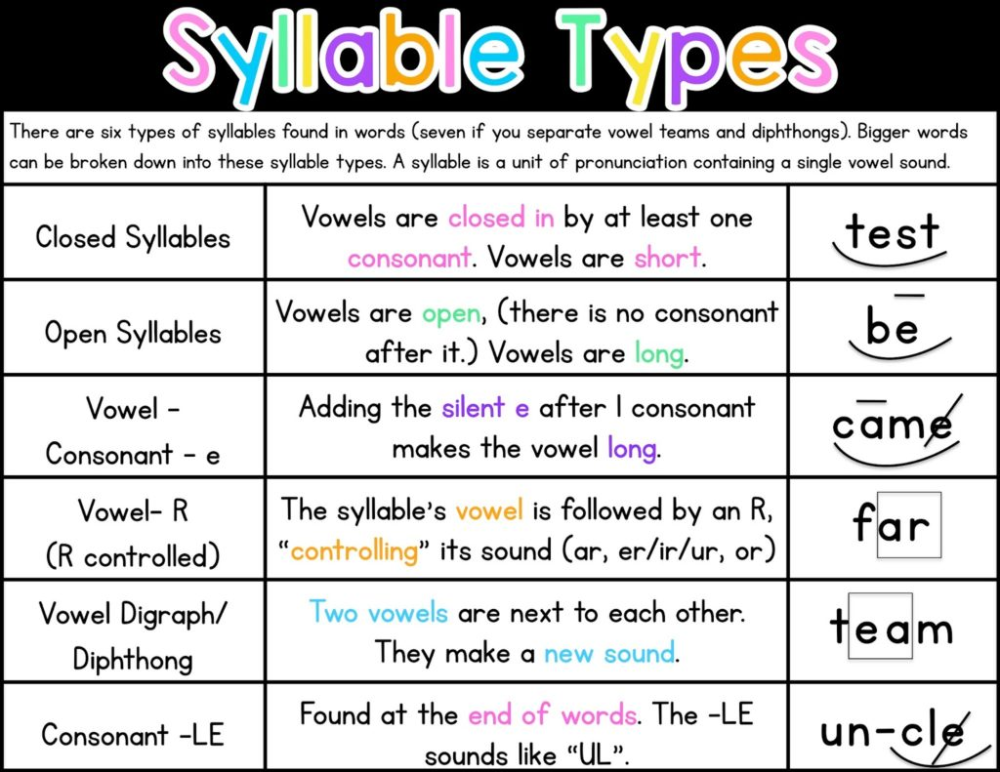 The division of words into syllables, which takes place in grade 1, is no exception. It is important for parents to understand why the student does not understand this topic, because there may be several reasons for this:
The division of words into syllables, which takes place in grade 1, is no exception. It is important for parents to understand why the student does not understand this topic, because there may be several reasons for this:
- little time is given. Often it is enough to study a little more and repeat the previously covered material in order to increase your knowledge of the subject.
- Previously, the student was trained not according to the classical, but according to some other method. The sonic (or classical) method that is used for teaching in schools is not the only literacy program. So there are techniques in which the syllabic stage is either omitted or replaced by another. If a student did not study according to the classical program, then it may be difficult for him to relearn.
- Missed one or more previous literacy milestones. Each period of learning to read is important and is a step towards mastering the next. If a student missed or did not sufficiently consolidate knowledge on previously covered topics, then it will be difficult for him to divide the desired word into syllables.
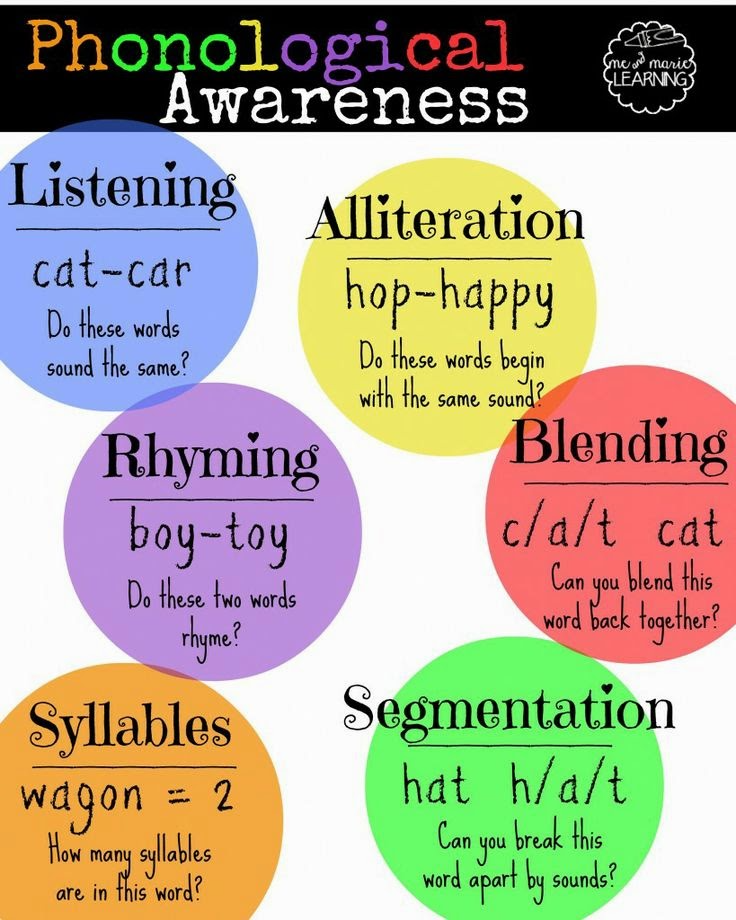
Learning the basics of parsing and translating words into syllables
If this topic has received little attention, you need to better study its basics. As manuals, you can use a first-grade textbook or a regular primer. To begin with, it is worth telling the child about what syllabic reading is and what it is for, explaining the relationship between the number of vowels and the syllables themselves. After that, you can proceed to the study of their classifications:
- according to the first sound: covered (on, ka, be - begin with a consonant) and uncovered (an, from, ov - with a vowel).
- according to the last sound: closed (uk, ok, ny - end with a consonant) and open (ra, ve, co - vowel).
- according to the first and last sound: closed (ditch, battle, ny - begin and end with a consonant).
After mastering the analysis of words, you can proceed to their transfer by syllables. It is important to remember one exception: you cannot leave one letter from a word on the previous line or transfer it to the next line if it is not the only one in it. For example, the word "o-sa" cannot be divided into different lines - it must be transferred in its entirety. In all other cases, the transfer can be carried out.
For example, the word "o-sa" cannot be divided into different lines - it must be transferred in its entirety. In all other cases, the transfer can be carried out.
Teaching syllabic and word reading for children
If a first-grader has not studied according to the classical method, then it will be difficult for him to rebuild, replacing existing knowledge with new ones. Similar difficulties arise for those students who could not master the previous topics in their native language. In these cases, you need to help the student catch up with other children, filling in the gaps in his knowledge.
The AMAKids Academy's method of teaching reading can help. The course program includes two blocks: Primer - the study of the alphabet, sound and letter analysis, and Chitarika - the development of syllabic and word reading. Depending on the skills already available to the student, you can choose the block that best suits him. As a result of classes, he will be able to improve and consolidate his knowledge, which will greatly facilitate the further study of the school curriculum.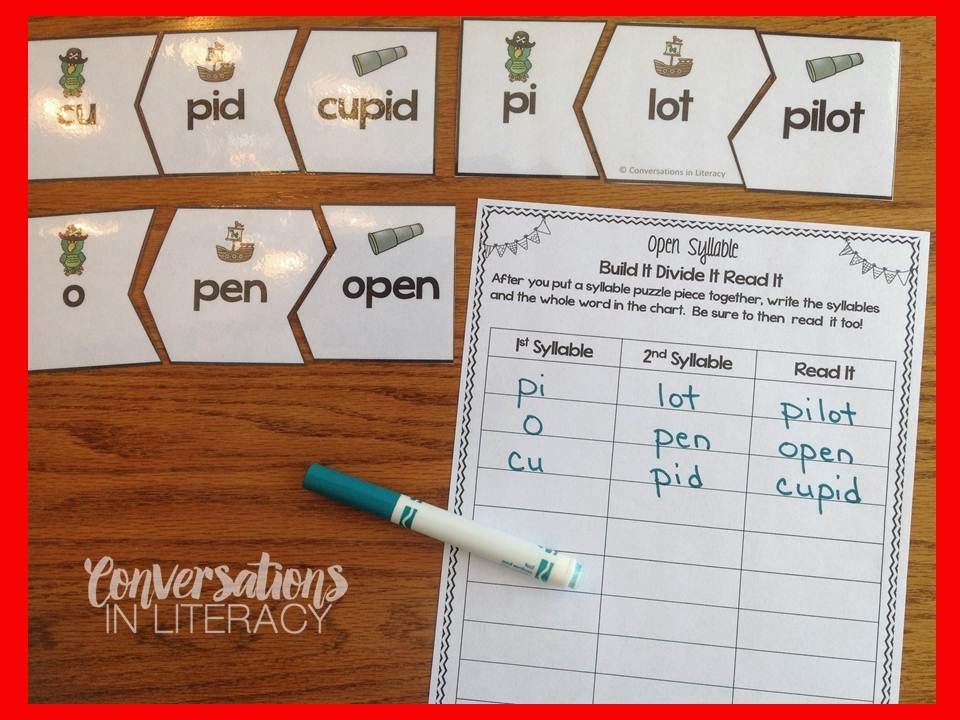
Literacy lesson "Dividing words into syllables"
- Ananchenko Tatyana Valentinovna
Sections: Russian language
Predicted results:
- Learn to divide words into syllables.
- To be able to determine the number of syllables in a word by the number of vowels.
- Practice reading words and sentences with learned letters.
- Be able to work in groups.
- Work on the development of speech.
Teaching material: Magnetic boards with markers for each student, printed tasks for work in groups, key words: Syllable, Moon; words for reading in 2 versions.
Lesson progress
1. Updating knowledge.
Write all the studied vowels (a, o, i, s, u, e) on the marker boards.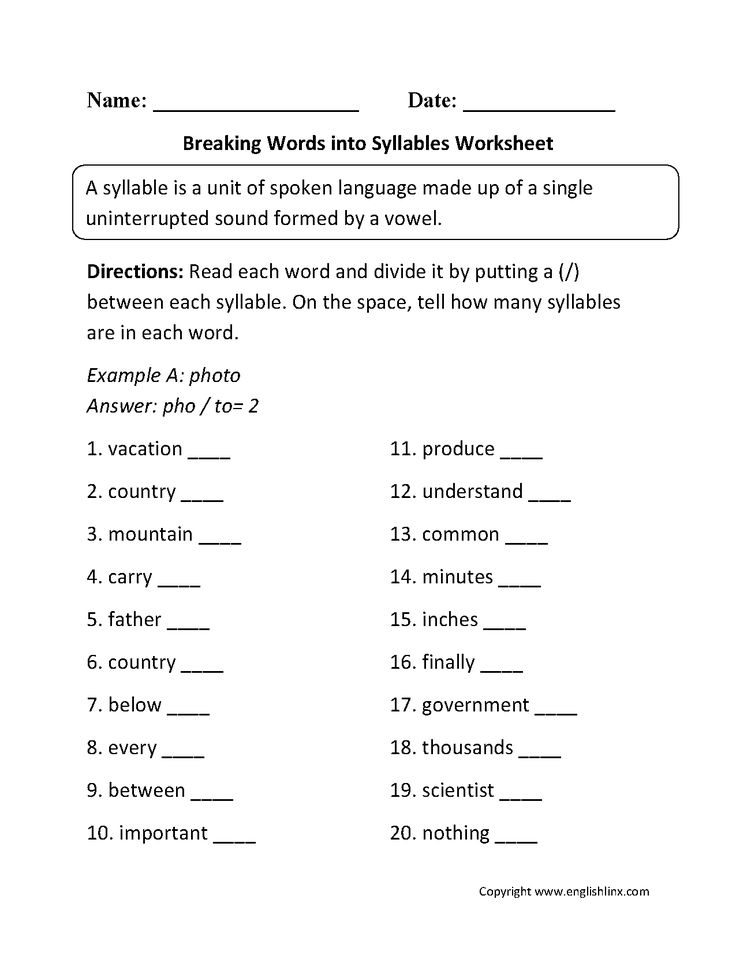
Circle the vowel that softens the consonants(s).
Write: we, wu, ba, li, but, ry.
Two lines of letters are written on the blackboard: 1 - U L N A, 2 - M R N L.
Task: make a word from the words of each line.
– What word came out of the words of the first line? (Moon.)
What is the Moon and when do we observe it?
What word came out of the words in the second line? (No answer.)
Why couldn't you make a word? (No vowels.)
– What conclusion can be drawn? (A word cannot consist of only consonants.)
How many vowels are in the word Luna? (2 vowels.)
- This whole word can be broken into parts.
2. “Discovery” of the new.
- The hand and chin will help to divide the word into parts. How many times will the hand touch chin - so many parts in a word.
- Divide the word Moon into parts.
How many parts are in a word? (2 parts.)
- What are we going to do in class today? (Divide words into parts. )
)
3. New topic.
In mathematics lessons we can define the whole and its parts, but in reading in the word Moon, we will show its parts graphically: a vertical line or an arc.
- What is the first part of the word Moon? (Lou.)
- Name the second part in the word Moon. (On.)
- Each part of the word has its own name: it is a syllable.
How many syllables are in the word moon? (2 syllables.)
Physical education (musical).
4. Work on the topic.
Textbook: “ABC” page 38.
– Read the words.
- What is the sign after the words: Mom, Ira, Irina? (Exclamation mark.)
How should these words be pronounced? (With greater intonation, voice power.)
Task: Type these words in notebooks, make word schemes.
- How many vowels are in each of the words?
How many syllables are in each of the words?
- What can be the conclusion? (How many vowels in a word - so many syllables.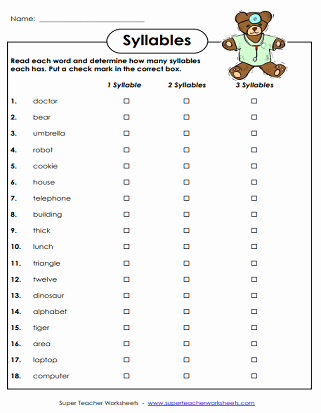 )
)
5. Strengthening exercises.
– Why is it necessary to divide words into syllables?
- The division of words is necessary in order to transfer a word from one line to another if it is not included in the line.
- But in life this division into syllables can be useful in the following situation.
– Looking at the illustration on page 38.
– Where does the event take place? (On the hockey rink.)
- Who is on board? (Fans.)
What are they holding in their hands? (Posters.)
What is written on the posters? (Mo-lod-tsy, Shai-bu, Shai-bu.)
How are the words written? (Divided into syllables.)
- How do the fans shout these words? (According to syllables with pauses between them.)
– Why is it necessary? (To be heard well.)
What else can the fans shout? (U-ra, etc.)
Physical education (for the eyes).
6. Reading words.
Work in pairs.
Children read the printed words according to the options for a while.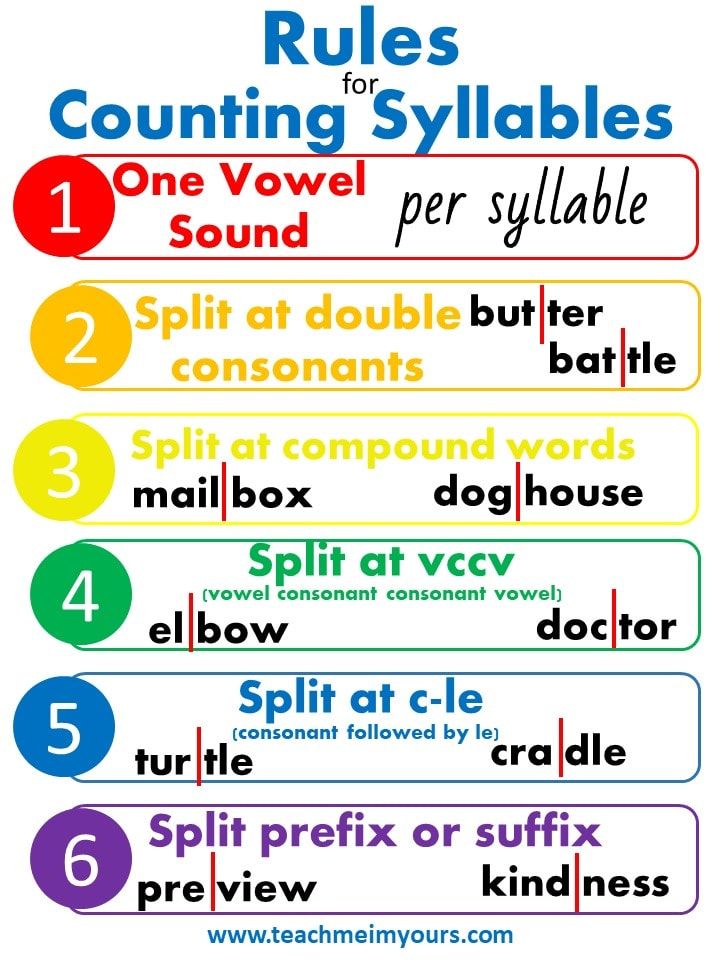
- Who managed to read the words in 1 minute?
You are great fellows.
7. Relaxation.
Work in groups. Each group was given tasks: highlight the given letter on line, form a word from the letters and write it down, divide it into syllables vertical bar or arc.
Check: – What words did you get?
- How many syllables are there in words?
How were their numbers determined?
Which group was comfortable working and why?
- What does friendly and well-coordinated work in a group lead to? (To fast and correct result.)
Well done. All worked well. Thank you for your work.
Tasks for work in groups.
| A | o and n a and a p s a |
| H | x t n e u n s i n u |
| R | jurpo mzhrrt l |
| O | an o p m k o y o |
| M | m t p m h e y r m s |
| R | a r s p x t r u a r |
| A | a sa ph t m l u a |
| A | S u th p r a n t |
| M | s p t m u a and y m |
| O | k t por s u o t o b |
| L | k l b v l p s u a t l |
| S | and s n a t in |
Tasks for working in pairs.